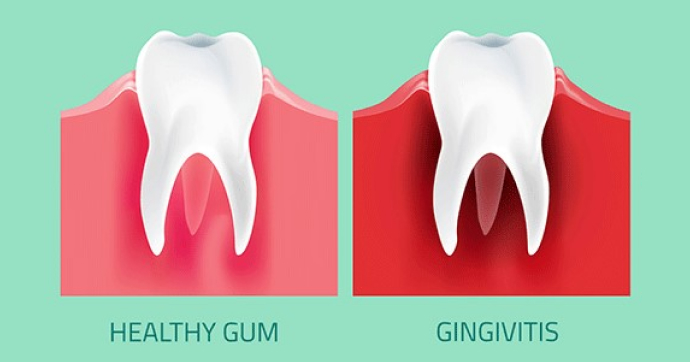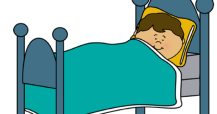gum diseases in children
 Explore insights into gum diseases in children. Learn about causes, symptoms, and effective preventive measures for promoting optimal pediatric gum health.
Explore insights into gum diseases in children. Learn about causes, symptoms, and effective preventive measures for promoting optimal pediatric gum health.
Common gum diseases seen in children is CHRONIC GINGIVITIS, because of soft deposit accumulation called plaque, especially in young children less than 5 years. In older children more than 6 years hard deposits called calculus is evident in lower front teeth as the new permanent teeth starts erupting it results in gum bleeding. Plaque deposits help in forming dental cavities in children especially between the two teeth. Calculus deposit results in chronic gingivitis which requires scaling of the teeth. There is an attachment called frenum in upper jaw front teeth. If this attachment is placed very high it can spoil the arrangement of the newly erupting front teeth. This is called high frenal attachment resulting in midline diastema (gap between upper front teeth) in this situation dental procedure called “Frenectomy” with the help of laser it is carried out for teeth arrangement.
The common viral infection of gums called “Acute herpetic gingivostomatitis” which occurs in toddlers and young school boys. This infection makes the child vulnerable to deteriorating general health for 5-7 days. There is another bacterial infection of gums called ANUG which is pure fusospirochete bacterial infection. This also presents a similar suffering like acute herpetic Gingivostomatitis. Children does not suffer from gum pocket formation like adults because the gum architecture and surrounding bony architecture is different from that of adults. Other common gum diseases in children are Vitamin C Deficiency, Scurvy, Swimmers Calculus, Juvenile Periodontitis, Papillon Lefevre syndrome, Hand foot and mouth disease and Apthous ulcer which again is commonly found in children.



